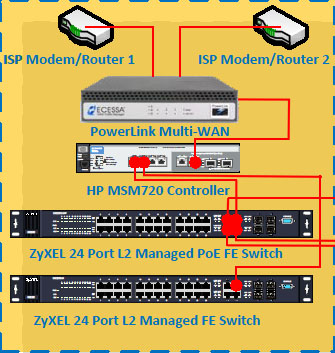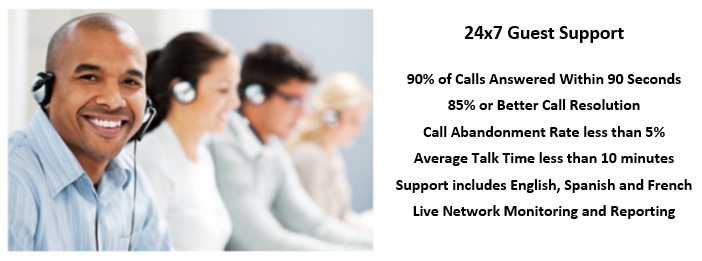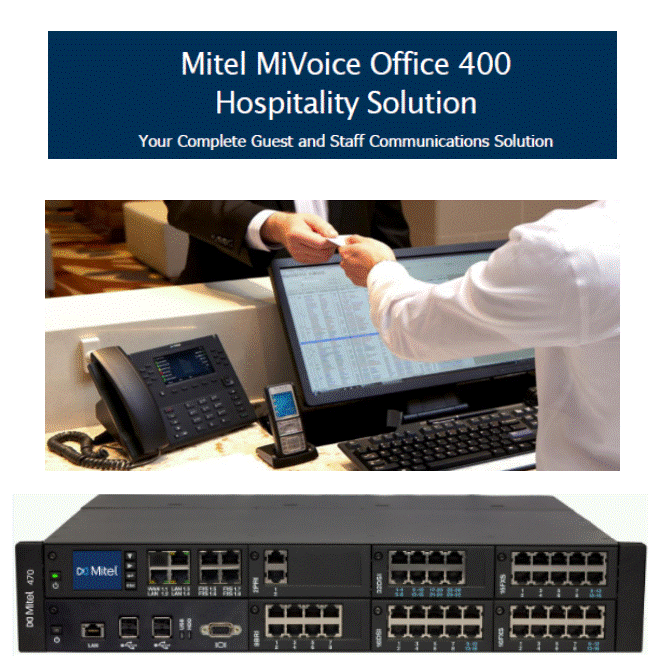Guest Internet HSIA
Per a recent survey by Hotels.com®, hotel guests prefer reliable WiFi over free breakfast, free parking or sleeping on a luxury mattress. What’s more, 70% of hotel guests that have had a bad Internet experience are unlikely to return. Also, did you know it is estimated that there will be 1.9 billion or more mobile devices by 2015? Quality guest Internet access has become vital to the success of any hotel operation and with mobile device usage increasing everywhere, it’s going to take a new kind of network to meet demand and guest expectations.
CONTROLLED WIRELESS
Wireless Internet access defines both customer experience and operational effectiveness for virtually all businesses in the hospitality industry. Whether using the network for business or pleasure, customers demand pervasive wireless coverage in their room, in the hotel lobby, at a restaurant or in a conference center. Hotels and resorts, in particular, rely on predictable wireless performance to ensure customer satisfaction and brand loyalty. Likewise, operational effectiveness is dependent on wireless performance and quality – more than almost any other business, hospitality depends on mobility and information access to achieve excellence. In a world with wireless everywhere, isolated hotspots are no longer enough. People expect that the network will provide seamless wireless coverage. They need to be able to connect through whatever devices they are carrying, without involving technical support personnel who are likely not on site. And as far as the venue’s policies allow, they need to be able to run every application they would run while on their home or office network.
Controlled wireless environments provide a system-wide approach to delivering WLAN reliability by proactively determining and adjusting to changing RF conditions; optimizes WLAN performance by detecting interference from WiFi and non-WiFi sources—by using spectrum analysis capabilities built into the specific access points, identifying rogue activity and making decisions at a system-wide level.
BANDWIDTH MANAGEMENT & CONTENT FILTERING
Many guests now expect free access to the Internet, whether they are a business traveler or a family on holiday. It has become such an essential service that, if your service is slow or unreliable, guests will complain.
Unhappy guests then post negative comments about your property, which impacts heavily on future reservations and goes straight to your bottom line. As well as high expectations of access speeds, the number of connected devices has increased enormously smartphones, tablets, games consoles and laptops are all vying for your bandwidth. In addition, important services are being compromised by bandwidth-heavy applications. The Guest Internet Experience is suffering due to operating system updates, streaming video and, worst of all, illegal file sharing activity. A better solution is to deploy an effective bandwidth and application management strategy that reduces bandwidth usage and What’s the solution? You could add more bandwidth but it’s a temporary fix at best and expensive. The best approach is to ensure that you use the bandwidth you have in the most efficient way. With bandwidth management & content filtering you can:
- Preserve and optimize the bandwidth available for your guests
- Control Peer to Peer networks which monopolize your bandwidth and can violate copyright
- Load balance multiple external connections to add bandwidth
- View and report on web activity in real-time
- Filter web content and streaming media
LOAD BALANCING
Business travelers require high-quality broadband Internet access. Load -balancing routers work with your existing Internet service provider and allows you to easily combine multiple Internet services for reliable connectivity and increased overall bandwidth. Advanced user-group and traffic management features make it simple to distribute and control the amount of bandwidth available to guests, staff, and management. To meet the challenge of providing high quality Internet service, the works with your existing Internet service and allows you to effortlessly add low-cost DSL and cable services to increase overall bandwidth. Many facilities in the hospitality industry still rely on a single service provider for Internet access, and run a much higher risk of downtime. Using a load-balancing router with Internet services from different carriers helps eliminate downtime. When a service failure is detected, the load-balancing router will automatically re-route traffic to a healthy link. This transparent failover feature eliminates Internet service interruptions and maintains incredibly reliable Internet access for hotel guests and management. Traffic management allows your staff to easily prioritize VPN, VoIP/SIP, and other critical applications through your best Internet link while email and non-critical web browsing traffic can be pushed across less-expensive DSL and cable connections. Traffic management also ensures that your staff and management always have quality Internet service, improving their ability to maintain smooth communications with company services and provide quality concierge services to guests.




